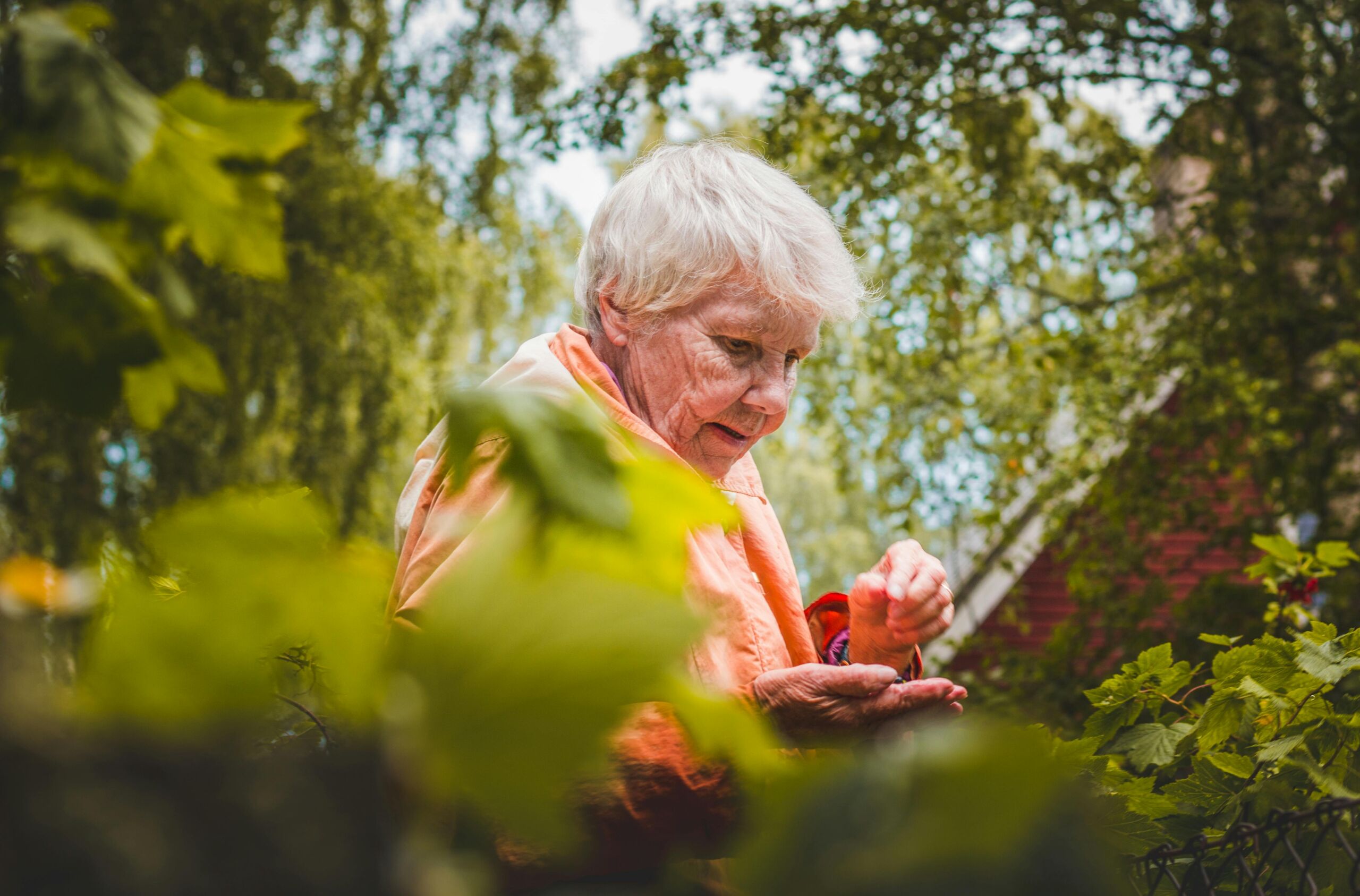According to the Cleveland Clinic, “chronic pain is pain that is ongoing and usually lasts longer than six months…Pain signals remain active in the nervous system for weeks, months, or years. Some people [experience] chronic pain even when there is no past injury or apparent body damage.” The International Association for the Study of Pain reports that an estimated 20 percent of people worldwide experience chronic pain, accounting for 15 to 20 percent of physician visits.
Living with chronic pain can prevent you from participating in the activities you enjoy or even affect your level of independence. For many years, rest and relaxation were recommended to help relieve chronic pain, but more recent research shows that certain exercises and staying active can be effective for managing and reducing chronic pain symptoms.
At The Pavilion Senior Living, we understand the importance of independence for purposeful living. Our senior living communities throughout Tennessee and West Virginia offer post-hospitalization rehabilitation services to help individuals recover from injuries or surgeries in a safe environment that promotes their overall health and wellness. Because the condition impacts so many people, our team is sharing what types of exercises are safe and effective for reducing chronic pain.
Aerobic Exercise
The American College of Sports Medicine (ACSM) defines aerobic exercise as “any activity that uses large muscle groups, can be maintained continuously, and is rhythmic in nature.” Participating in aerobic activities can:
- Boost your heart rate
- Improve your circulation
- Help your body use oxygen better
As a result, your muscles may become less stiff, and you work to reduce chronic pain.
However, some aerobic exercises are better for reducing chronic pain than others. For instance, think about the impact of using an elliptical machine on your body versus going for a run. While both of these activities are classified as aerobic exercises and get your heart rate up, using an elliptical is a better option for managing chronic pain symptoms because it is easier on your joints.
Other safe and effective examples of aerobic activities include:
- Cycling
- Stationary biking
- Swimming
- Dancing
- Walking
Stretching
While stretching may be what you do before and after exercise, it can also stand alone. Stretching is a good way to keep your body moving and can go a long way in managing chronic pain. Stretching exercises and programs, such as yoga and tai chi, help to:
- Relieve muscle tension and stiffness
- Keep joints flexible
- Maintain range of motion
- Improve mobility
The most important part of reducing chronic pain is staying active. Additionally, depending on your flexibility and skill level, yoga and tai chi programs have varying intensity levels, allowing you to challenge yourself and get more of a workout out of these programs as you continue to deepen your practice.
Strength Training
Strength training exercises are also good for reducing chronic pain since building and maintaining strong muscles can help stabilize your joints and prevent future injuries. Healthline states, “for people living with chronic pain, adequate core strength is especially important. It helps you maintain proper posture and balance and reduces the risk of injuries that could lead to more pain.”
A common image associated with strength training is a gym full of people; however, you do not have to go to the gym to benefit from strength training or see results. While you can use the free weights or machines found in a gym, using your own body weight or doing resistance exercises are also good options for strength training and building muscle.
Many people refrain from getting active when experiencing chronic pain, but it does not have to be intense work to be effective. Simply going for a walk can help loosen stiff muscles. Start slow, listen to your body, and always consult your doctor before making significant changes to your fitness routine.
The Pavilion Senior Living offers post-hospitalization rehabilitation services that can help. We specialize in:
- Care due to joint replacements or fractures
- Acute medical conditions
- Respiratory care
- Stroke recovery
- General rehabilitation due to weakness or physical decline
- Wound care
To learn more about our services or senior living communities throughout Tennessee and West Virginia, please visit our website or contact a member of our team.




